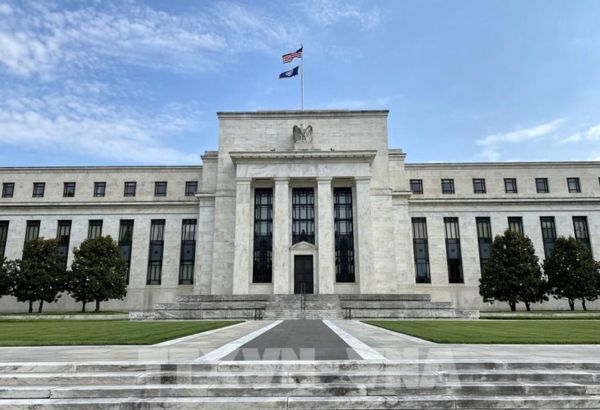
The primary focus is on central banks, as investors are eagerly anticipating indications from the Bank of England and the Fed regarding the timing of their initial interest rate reductions.
The start of the week brings attention to the Dallas Fed Manufacturing Index, as recent US economic data has raised expectations of a manageable slowing down. A larger-than-expected decrease could affect the demand for the US dollar.
Consumer confidence and JOLTs Job Openings will likely have a greater impact on Tuesday. Positive consumer confidence and an upward trend in job openings may decrease expectations of a Fed rate cut in March.
Wednesday brings focus to the ADP employment figures for January before the Fed interest rate decision. The US labor market remains a key factor for the Fed, with robust labor market conditions supporting wage growth and disposable income, thus influencing consumer spending and demand-driven inflation.
The main event of the week is the Fed interest rate decision, Rate Statement, and Press Conference, where economists anticipate that the Fed will maintain interest rates at 5.50%, shifting attention to the Rate Statement and Press Conference.
Thursday sees the release of US jobless claims, nonfarm productivity, and unit labor costs, which could sway expectations of a March Fed rate cut. Additionally, ISM Manufacturing PMI numbers will garner attention.
The week concludes on Friday with the US Jobs Report, where wage growth, nonfarm payrolls, and the US unemployment rate will impact expectations of a March Fed rate cut. Finalized Michigan Consumer Sentiment numbers for January and inflation expectation numbers will also be taken into consideration.
Tuesday will see the influence of French, German, and Eurozone GDP numbers for Q4 on buyer appetite for the EUR/USD. An increased risk of a Eurozone economic recession could affect the timing of ECB discussions about rate cuts.
Wednesday brings a spotlight on the German economy, with investor attention on German retail sales, unemployment, and inflation numbers. Preliminary inflation numbers from Germany and France may have a more significant impact on the ECB rate path.
Thursday focuses on Manufacturing PMI numbers from Italy, France, Germany, and the Eurozone, while preliminary Eurozone inflation figures for January will be the central point of interest for investors.
ECB commentary also requires close monitoring, with speeches scheduled from ECB Chief Economist Philip Lane, Vice President Luis de Guindos, and Executive Board member Anneli Tuominen.
Wednesday shifts attention to the UK housing market, as a larger-than-expected fall in UK house prices could influence consumer confidence, spending, and inflation trends.
Thursday marks the Bank of England interest rate decision, with economists expecting the BoE to maintain interest rates at 5.25%. The focus will then turn to the MPC Meeting Minutes and BoE Governor Andrew Bailey.
Governor Bailey's speech later on Thursday becomes significant, especially considering the December scenario where two MPC members voted for a rate hike.
Friday concludes the week for the Pound, with other stats including finalized Manufacturing PMI numbers for January, while the BoE remains in the limelight.
Wednesday brings the release of GDP numbers for November, which will provide direction to the Loonie. Positive economic activity could delay Bank of Canada plans to cut interest rates.
Tuesday's finalized retail sales figures for December will influence buyer appetite for the Aussie dollar, while Q4 inflation figures on Wednesday will be the central focus for the RBA and the markets. On Friday, producer price figures for Q4 will also need consideration. In addition, private sector PMIs from China and stimulus discussions from Beijing warrant investor attention.
The Kiwi dollar will be influenced by private sector PMI numbers from China, with the NBS Private sector PMIs and the all-important Caixin Manufacturing PMI taking the forefront.
Wednesday puts a spotlight on industrial production numbers for December, influencing investor perception of the Japanese Yen. Investors should also track BoJ chatter throughout the week.
Wednesday will see the release of NBS Manufacturing and Non-Manufacturing PMIs for January, while the following day will likely bring more impact with the Caixin Manufacturing PMI. Stimulus comments from Beijing also require close monitoring.

Subscribe to our daily newsletter and get the best forex trading information and markets status updates
Trade within minutes!
Comment (0)